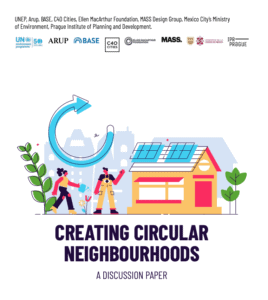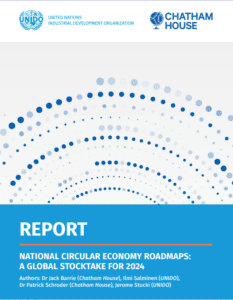 Currently, there is an obvious circular trade gap. 45% of the global value of trade in secondary goods and materials, waste, and scrap occurs between high-income countries alone. While low-income and middle-to-high-income countries only have 1% of this value. If it persists, it will hamper the inclusive global transition to a circular economy and make it impossible to meet the Sustainable Development Goals.
Currently, there is an obvious circular trade gap. 45% of the global value of trade in secondary goods and materials, waste, and scrap occurs between high-income countries alone. While low-income and middle-to-high-income countries only have 1% of this value. If it persists, it will hamper the inclusive global transition to a circular economy and make it impossible to meet the Sustainable Development Goals.
This guide establishes a framework that allows circular trade to promote fair, inclusive, and circular societies, for which a coordinated and collaborative global response is required that allows developing economies to also benefit from the transition to a circular economy.
You can download the guide on the Chatam House website.



